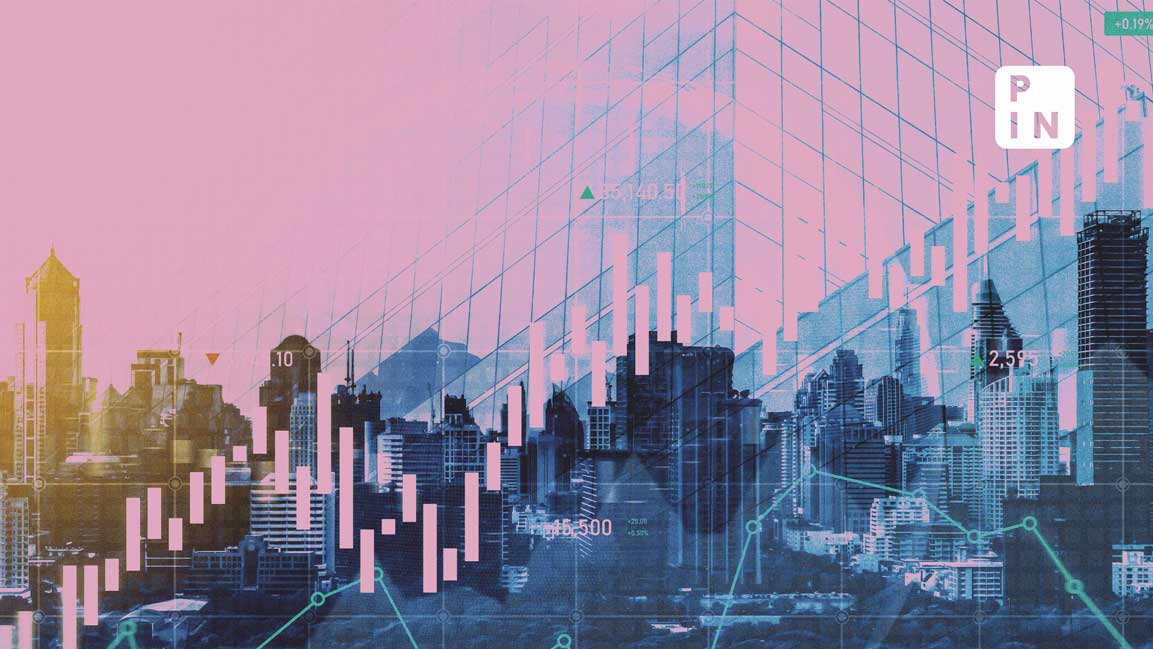- | 6:03 pm
Sharp fall in inflation may be behind India’s higher GDP projections
A near halving of nominal GDP growth in FY24 may squeeze revenues and increase expenditure needs in challenge to government's goal of meeting fiscal deficit target

A sharp decline in inflation may be behind the high real gross domestic product (GDP) growth forecasted by the government in the first advance estimates released last week, analysts said.
India’s real GDP will grow by 7.3% in fiscal 2024, above the 7.2% growth in the previous fiscal, the estimate released by the Indian National Statistical Office (NSO) said on Friday.
The NSO’s GDP estimate for FY24 is 30 basis points higher than the latest Reserve Bank of India estimate of 7% for FY24. One basis point is one-hundredth of a percentage point.
The government’s forecast is also higher than most analysts’ expectations.
The country’s nominal GDP, however, will grow at 8.9% in the current fiscal, sharply lower than the 16.1% growth in the previous fiscal, NSO said.
“FY24 has seen a sharp fall in inflation, which has led to higher real GDP, despite sharply lower levels of nominal GDP,” brokerage IIFL Securities said in an analysis.
A slower nominal GDP growth will tighten the revenue base while potentially increasing expenditure needs, thereby straining the government’s goal of meeting its fiscal deficit target, experts said.
Brokerage ICRA Ltd said the deceleration in nominal GDP is “largely on account of the turnaround in the WPI (Wholesale Price Index) print to a deflation from inflation in the previous year.”
“Based on the nominal GDP for FY24 estimated by NSO, the government’s absolute budgeted fiscal deficit of ₹17.9 trillion works out to 6% of GDP, a tad higher than the FY24 budgeted estimate of 5.9% of GDP,” Aditi Nayar, chief economist and head of research and outreach at ICRA, said.
Surging net taxes
The IIFL report pointed out that gross value added (GVA) growth is lower at 6.9% in FY24 when compared with 7% in FY23. GVA is GDP shorn of the impact of taxes and subsidies and provides a more realistic picture of the actual product and service output growth.
“If you look at the net taxes on products, the answer is apparent as the growth in taxes has sharply gone up from 10.1% last year to 12.5% in FY24, clearly showing that higher taxes are also contributing to an optical view of growth,” the brokerage said.
ICRA Ltd said that the government’s GDP growth estimate of 7.3% in FY24 is much higher than the brokerage’s own estimate of 6.5% growth.
“Implicitly, NSO expects GDP growth to moderate to 7% in the second half of the current fiscal from 7.7% in the first half. Surprisingly, the estimated GVA growth of 6.9% for FY24 implies that growth in this metric has been assumed at 6.2% in October-March, significantly lower than the imputed GDP number for this period,” Nayar said.
“The growth assumed for the second half of the fiscal (October-March) is quite high, given the tepid outlook for agriculture amid the weak kharif output and ongoing lag in rabi sowing, as well as the feared temporary slowdown in capex ahead of elections. The government’s capital expenditure declined by 8.8% year-on-year during October-November 2023 after rising by 43.1% in the first half of the fiscal (April-March),” Nayar added.
Low consumption demand
Ratings firm CareEdge said consumption demand in the economy may remain tepid, with growth slowing from 7.5% in the previous fiscal to 4.4%, marking the slowest growth in two decades, barring the pandemic year of FY21 when it contracted by 5.2%.
“A strong slowdown in private consumption which powers more than 50% of GDP is a cause of concern. A below-average rainfall affecting the projected Kharif output and sluggish rabi sowing, pose a substantial threat to the rural economy and agriculture sector,” CareEdge said.
Despite these challenges, recent initiatives such as the reduction in cooking gas prices and the extension of the government’s free foodgrain scheme, coupled with supply-side measures to alleviate inflationary pressures in the food basket, may offer relief to the consumption sector, it added.
Looking ahead, Rajani Sinha, chief economist at CareEdge, said for FY25, “we expect real GDP growth of 6.5-7%. The most crucial monitor would be a more broad-based pick up in consumption demand, which hinges on further revival in the informal sector and rural market. The other critical aspect would be a meaningful pickup in private investment in the coming quarters.”
India’s ministry of statistics and program implementation normally puts out the first advance estimate of GDP in the first week of January. The second advance estimate is released on the last day of February, along with the actual GDP estimate for the third quarter ending December.













